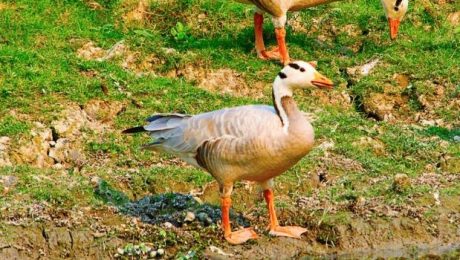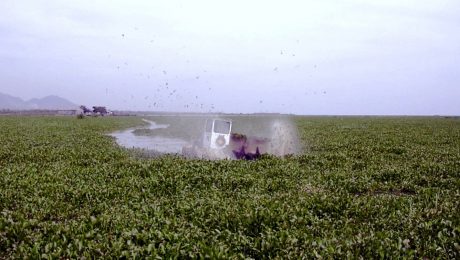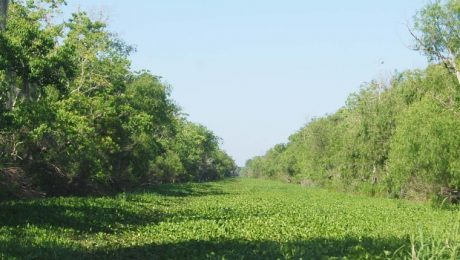Lake Victoria, the second largest freshwater lake in the world, is an essential resource for the people of Kenya, Tanzania, and Uganda. It provides food, clean water, hydroelectric power, and transportation. However, the lake faces a major challenge due to the spread of water hyacinth, an invasive plant that grows quickly and forms thick mats
Water hyacinth has been on the Delta for decades, but really exploded in 2011 and 2012 as officials were not able to obtain a permit to spray chemicals in a timely fashion. Efforts to control hyacinth in the Deltas focuses primarily on the use of chemical herbicide applications. Officials aggressively spray chemicals; a prepared document
Water hyacinth has been the scourge of the Delta in recent years, but by this summer it could be providing the power to city lights. A pilot project is in the works to harvest it for biogas. Port of Stockton Environmental Manager Jeff Wingfield says the port is proposing a pilot project to harvest the
Nyamitanga Division Chairperson Moses Karanzi Kajubi says the move to manually remove the water weed should be supported instead of being criticized. He says that they intend to do the cleaning of the river at least once a month, by pulling the water weed out of the water and cut it into pieces so that
The percentage of water birds at the Kaziranga National Park and Tiger Reserve in Assam declined by 28.61% in one year. KNP & TR Director said that the decrease in the number of water birds was due to the accumulation of water hyacinth in Rowmari wetland under the Laokhowa wildlife sanctuary. The national park is
LakeLine A publication of the North American Lake Management Society Fall 2000 Innovative Technologies for Lake Management Africas’ Lake Victoria is the second largest freshwater lake in the world. It is less than 260 feet at its deepest point. For nearly ten years a growing water hyacinth infestation has wreaked havoc on the neighboring countries.
Aquarius Systems was featured on a National Geographic Cable Channel program broadcast in the United States on April 2nd and 5th, 2003. Since 1998 Aquarius has been working on Lake Victoria in Kenya using our patented Swamp Devil Aquatic Vegetation Cutters to eradicate devastating masses of water hyacinth. A film crew from National Geographic visited
According to Don Richardson, Bakersfield Water superintendent, the big advantage of using an aquatic weed harvester is that they don’t have to use a lot of chemicals. “Using chemicals to kill weeds in lakes can be dangerous because the chemicals could seep into the groundwater. Also, one chemical treatment for a lake can cost about
Carraízo reservoir in Puerto Rico has fallen victim to two of the world’s most invasive aquatic plants: water lettuce and water hyacinth. Often found together, the invasive plants grow at exponential rates, obstruct waterways, clog hydropower plants, and prevent sunlight from penetrating the water’s surface, reducing water quality. The Aqueduct and Sewer Authority began its
Hartbeespoort Dam in South Africa has a new invasive aquatic weed to battle, Salvinia minima. The proliferation of common salvinia, just as water hyacinth came under biological control through the combined efforts is no coincidence. In areas that experience high levels of nutrient inflow (pollution), the control of one aquatic weed opens resources to other
- 1
- 2









